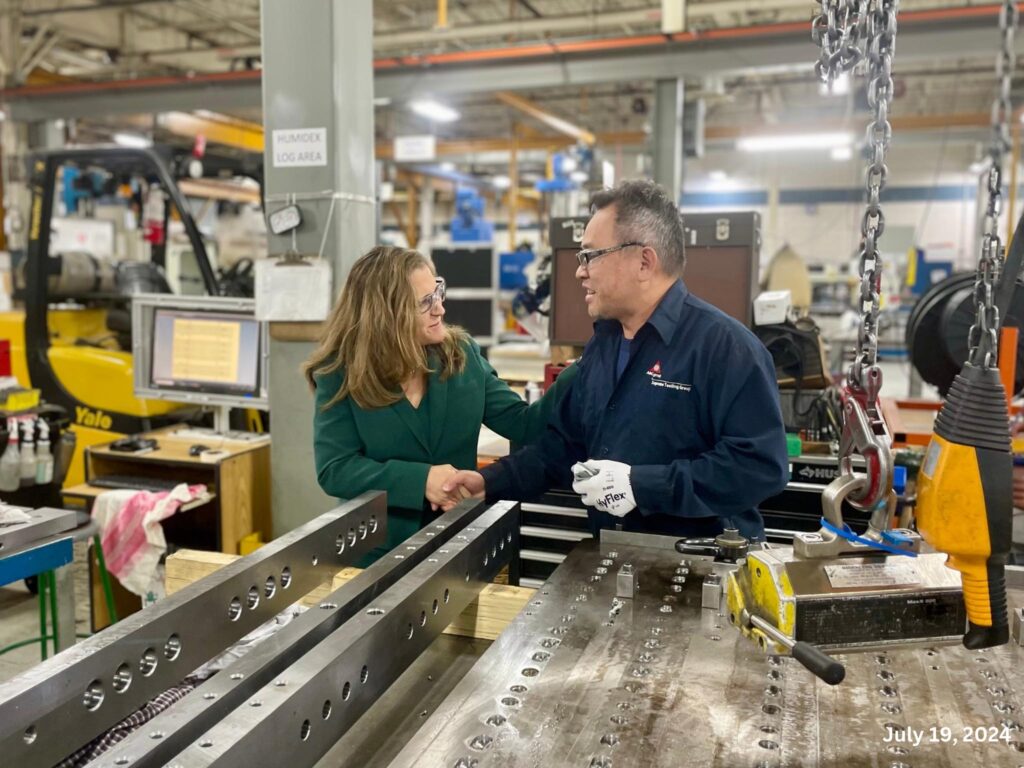Imagine a business world where algorithms never sleep, but it’s still the spark of human imagination that drives the boldest breakthroughs. That intersection is where modern organizations find their competitive edge.
Artificial intelligence is shaking up the business landscape, transforming the familiar into the uncharted. From nimble startups to global giants, leaders are grappling with a new question: How do you harness lightning-fast AI automation without short-circuiting human creativity? The answer isn’t found in a glossy dashboard or the latest chatbot. It lies in crafting a business strategy that champions both innovation and ingenuity—putting people and machines side by side, not head to head.
It’s easy to get swept up in the promise of AI as a cure-all. The rise of generative AI tools—writing, editing, data crunching—has sparked a rush to automate. But the reality is more nuanced. According to recent surveys highlighted by Forbes contributors, executives see productivity soaring with AI, yet employees on the ground report something different: frustration, fatigue, and a sense that the tech sometimes creates more hurdles than it clears. Research from the University of Chicago and University of Copenhagen found minimal gains in productivity, with workers citing lost agency and diminished growth opportunities. The lesson? Automation alone can’t replace the human drive to learn, adapt, and create.
This paradox isn’t just a blip. Companies often discover that, while automated tools promise speed, true progress comes from teams who use these tools creatively. When workers feel empowered to experiment—and are trusted to chart new territory—the results go beyond simple efficiency. Forbes contributor Reece Akhtar notes that augmenting the natural curiosity and collaboration of teams fuels unexpected innovation and opens up fresh revenue streams. It’s not about cranking out more widgets; it’s about unlocking new ideas that machines alone would never dream up.
The challenge lies in how organizations measure success. Too often, the focus is on speed or cost-cutting, with little attention to the human element. Yet, as Gallup’s Vibhas Ratanjee points out, the moments that build real connection and creativity often happen in the pauses—in the space between tasks, in conversations, in collaboration. Streamlining everything can strip away the culture that enables teams to thrive. The most forward-thinking companies protect time for face-to-face interaction, even if it happens on video calls. They recognize that technology should support, not supplant, the bonds that drive performance.
So how can businesses strike this elusive balance? It starts with hiring—not just the stereotypical tech wizards, but candidates from a wide range of backgrounds and disciplines. Skills-based hiring opens doors to creative thinkers who can bridge the gap between algorithms and artistry. Corinne Post and Dr. Aviva Legatt both emphasize recruiting beyond the usual suspects, seeking out people with expertise in fields like communications, cognitive science, and human-computer interaction. These individuals are uniquely equipped to understand how human and artificial minds intersect, making them invaluable assets in a world where collaboration with AI is the norm.
Upskilling is the next frontier. Rather than relying solely on external hires, industry experts like Barry Libert and Cynthia Pong advocate for investing in current employees. Training staff who already know the company’s systems delivers faster, smoother transitions. But effective upskilling doesn’t just mean classroom sessions or passive e-learning. It’s about hands-on experimentation, letting every team—marketing, operations, even legal—test drive the latest AI tools and find creative ways to apply them. When employees see immediate value in their new skills, they’re more likely to embrace change and lead innovation from within.
Expert voices converge on one central theme: automation and creativity are not mutually exclusive. Christian Stradler recommends that teams explore tools tailored to their tasks, while Sarah Elk insists that organizations must prepare people, not just infrastructure. As new AI-powered software hits the market, the winners won’t be those who automate the fastest, but those who inspire their teams to use technology as a springboard for original thinking. Companies that prioritize connection, learning, and agency will see employees using AI not as a crutch, but as a creative collaborator.
Here’s the bottom line: the future belongs to businesses bold enough to invest in both sides of the equation. By balancing AI automation with a relentless focus on human creativity, organizations don’t just survive—they lead, innovate, and set the pace for everyone else. The smartest strategies aren’t about choosing sides; they’re about bringing out the best in both people and machines. The next wave of growth is waiting for those ready to make that leap.
References:
How To Use AI In Your Business


